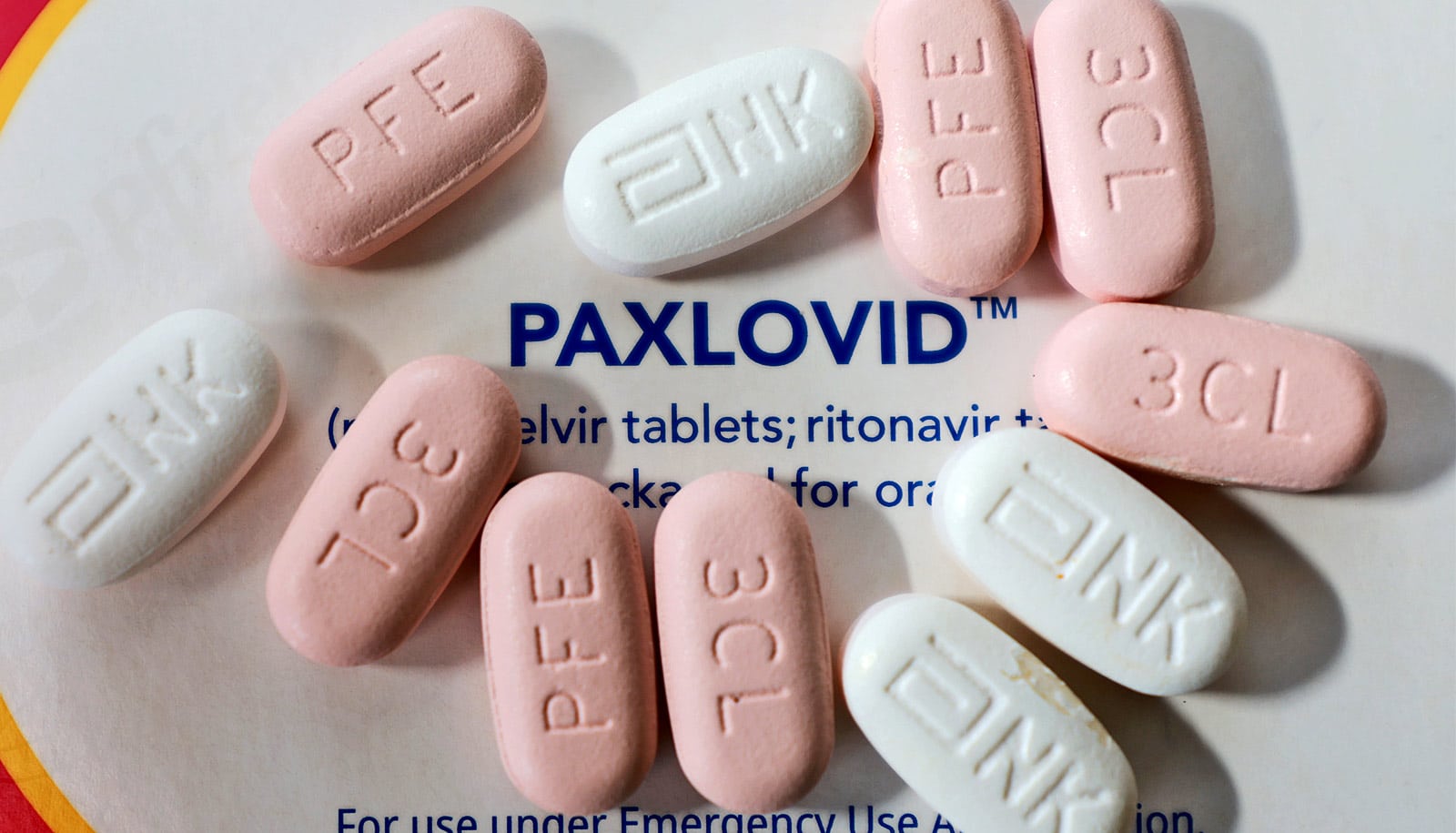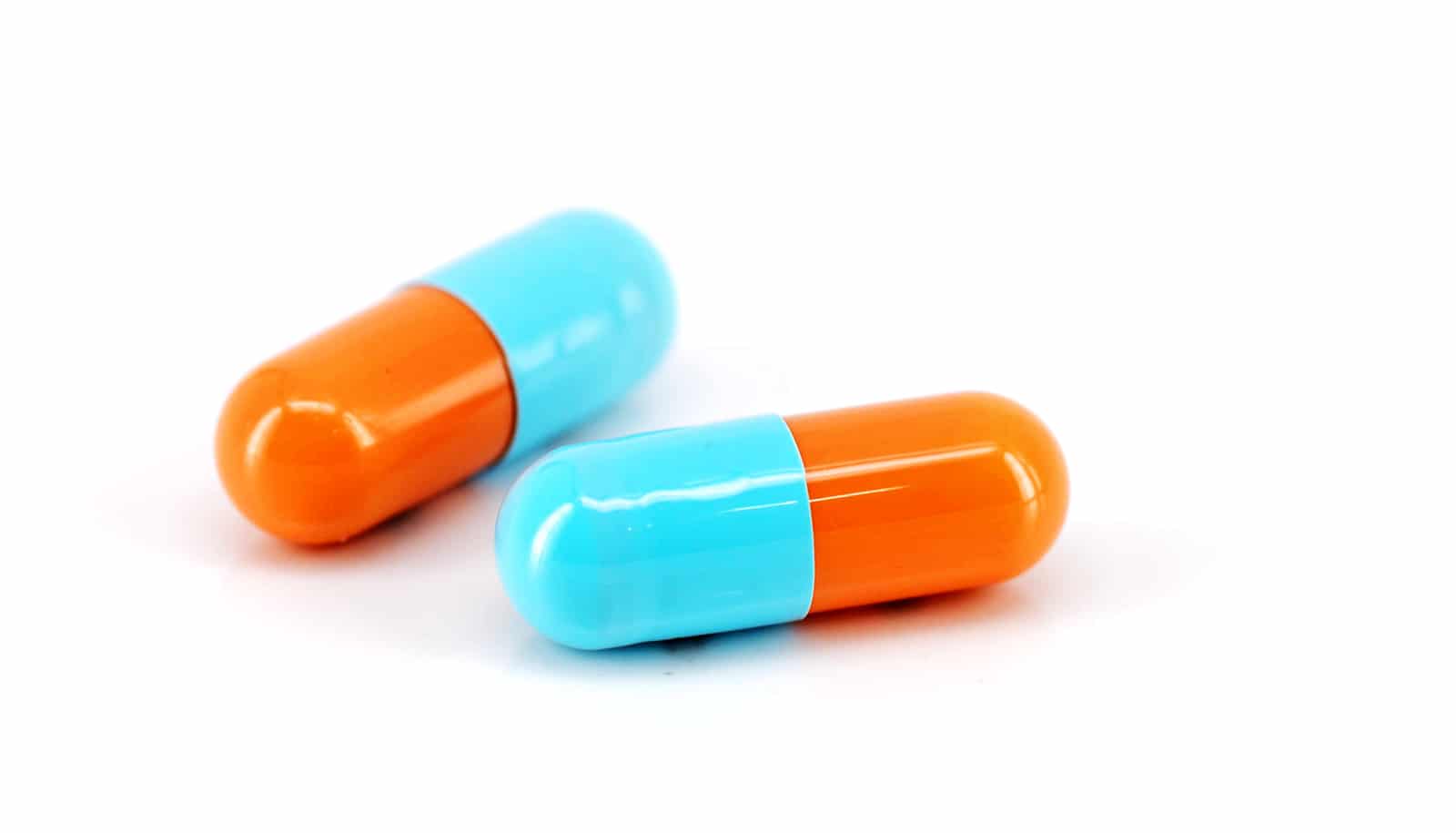Increased use of Paxlovid, the antiviral drug used to treat COVID-19, could prevent hundreds of thousands of hospitalizations and save tens of billions of dollars a year, according to a new study.
In fact, epidemiologists found that treating even 20% of symptomatic cases would save lives and improve public health.
A 2023 National Institutes of Health study found that only about 15% of high-risk patients take Paxlovid when infected with COVID-19. Using a multiscale mathematical model based on conditions seen over 300 days beginning in January 2022, the researchers found that using Paxlovid on 20% of symptomatic COVID-19 patients during the Omicron wave would have resulted in up to 850,000 fewer hospitalizations and saved up to $170 billion.
Even with lower transmission levels of the virus, the researchers estimate that expanded use of Paxlovid could save approximately 30,000 lives during an outbreak.
“This model shows us there are real benefits to using Paxlovid, not just for the patients receiving treatment, but for the people around them,” says Lauren Ancel Meyers, professor of integrative biology and statistics and data sciences at the University of Texas at Austin, director of the Center for Pandemic Decision Science, and corresponding author of the study in the journal Emerging Infectious Diseases.
“Not only does this drug help keep high-risk patients out of the hospital, but it can substantially decrease the chance that a treated patient will infect other people.”
The team of researchers assumed patients would take Paxlovid within five days of symptom onset, which is recommended, and estimated different outcomes based on different potential levels of viral transmission, which can vary in communities and with the variant of the virus.
If each symptomatic person was assumed to go on to infect about one other person, giving Paxlovid to even 1 out of every 5 of all symptomatic patients could result in 280,000 fewer hospitalizations and save nearly $57 billion.
If the virus were to lead the average symptomatic patients to go on to infect closer to three people, as some research has found with the Omicron variant, using Paxlovid in 20% of patients would be predicted to result in 850,000 fewer hospitalizations and save more than $170 billion.
“We conducted this analysis to help doctors and policymakers make good decisions about using Paxlovid to combat future waves of COVID,” Meyers says. “A lot of our work is aimed at improving global preparedness for future pandemics. These kinds of models can help to ensure that the US has enough antivirals stockpiled and to design playbooks for using vaccine, drugs, and other measures in the heat of threat to slow viral spread and save as many lives as possible.”
Additional coauthors are from the University of Hong Kong, Yale University, the University of Cambridge, Georgia Southern University, Aalto University, and Kobe University.
The research received funding from AIR@InnoHK Programme, a part of the Innovation and Technology Commission of Hong Kong’s Special Administrative Region (SAR) Government; the US National Institutes of Health; the Centers for Disease Control and Prevention COVID Supplement, Health and Medical Research Fund; the Food and Health Bureau of SAR; and National Natural Science Foundation of China.
Source: UT Austin



